Iceland isn’t called the Land of Ice and Fire for nothing. An abundance of both glaciers and volcanoes gives us two extremes to study and wonder over. Because Iceland was solely formed by volcanic eruptions, all of its rock is black or red. Most of the country’s surface is an empty landscape of lava fields, stretching for miles, covered only by Icelandic moss. And because the country is so young geologically, most of its coastlines are black sand beaches.
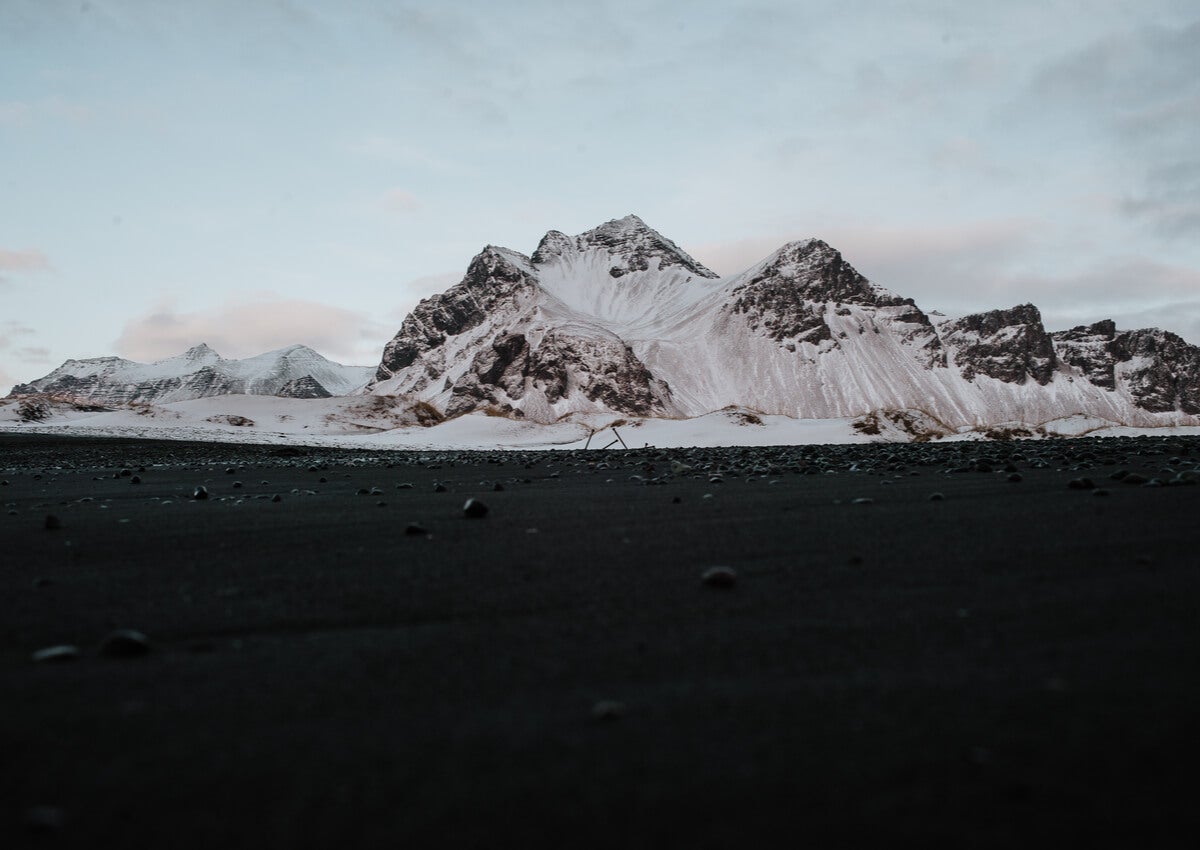
What Causes Black Sand Beaches?
In general, sand is formed when rocks are broken down into smaller and smaller pieces by weathering and erosion. This process takes millions of years, and the color of the sand depends on what rocks were broken down. The common tan-colored sand of most beaches, then, is comprised of feldspar and quartz, among other minerals.
Black sand is formed from volcanic material that has been eroded, such as basalt rocks and lava. And since Iceland has over 200 volcanoes, there’s a lot of volcanic material to go around. The island’s loose rocks travel down rivers and are attacked by tides until they are ground into dust. Even today, most of Iceland’s beaches contain black sand, but that’s not the only volcanic formation you can see here. Naturally carved basalt columns and lava tubes are also present here; it is certainly a nation full of natural art.
The Black Sand Beach in Iceland used in Game of Thrones
Due to the popular series Game of Thrones, Iceland’s most internationally famous black sand beach is Reynisfjara. This beach is found near to the town of Vík, on the south coast of the country. There are several features of Reynisfjara that ensure the sight of it will remain in your memory, Tall columns sit alone off the coast; these isolated sea stacks are known as Reynisdrangar. Icelandic folklore says that these stacks were once trolls, who turned to stone while trying to pull ships into shore. The cliffs lining Reynisfjara resemble a carved step pyramid, with edges so defined it’s hard to believe they occur naturally. This location is captured in episodes five and six of season seven in Game of Thrones.
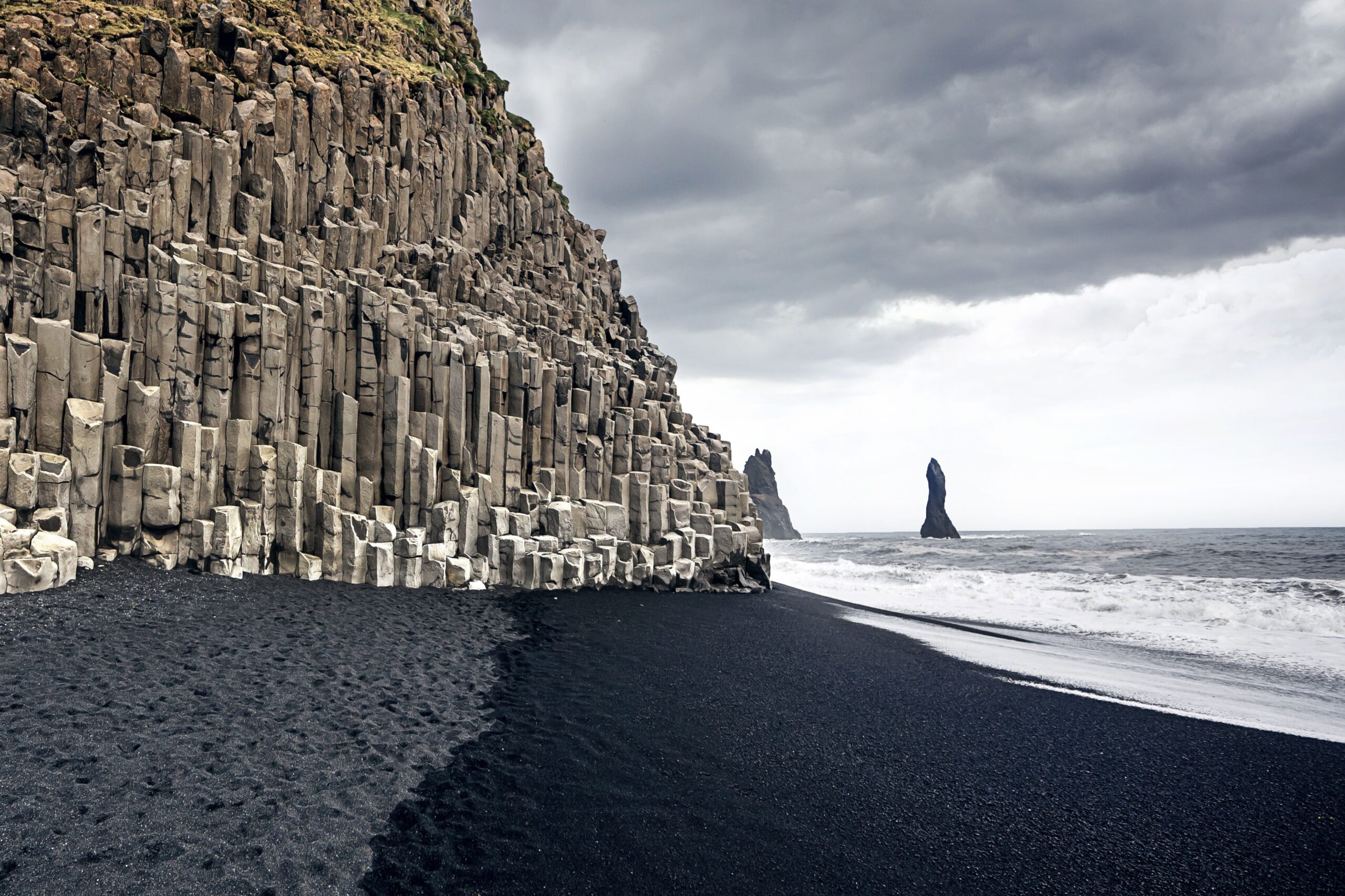
When you’re on the beach, be careful about standing too close to the ocean. The waves can unexpectedly travel much further and faster up the beach than you’d expect. The rip currents are powerful enough to take you with them, so don’t underestimate how dangerous the ocean can be. Deaths have resulted from being careless, so it’s recommended to stand at least 30 meters from the waterline.
Reynisfjara is easy to access. From Reykjavík, follow the ring road (Route 1) counterclockwise along the south coast, heading towards Vík. It’s a journey of 187km (116 miles), taking around 2 ½ hours. You will see the turning for the beach before arriving at Vík. Or, you could continue into Vík and once there you can walk 5km directly to the famous landmark.
The Black Sand Beach in Iceland near Reykjavík
If you’re sticking close to the capital on your trip to Iceland, there is a black sand beach nearby. Head west out of the city center, all the way to the end of the Seltjarnarnes Peninsula. Here you’ll come to the Grótta Island Lighthouse, a popular spot for stargazing and northern lights viewing. Next to the lighthouse is a beach called Seltjörn. The sand has faded to a grey color, so it’s not quite as impressive as Reynisfjara. However, what you do get is an incredible view of the Atlantic Ocean and a sky without light pollution.
The beach is an easy 10-minute drive from the city center so grab your rental car and head there. On a clear winter night, the aurora borealis might just show itself. There’s also a man-made, but naturally heated footbath next to the car park in front of Grótta. Pack a towel and swimming costume whenever you take a trip here; there are hot springs and swimming pools everywhere.
Other Black Sand Beaches
Diamond Beach
Another famous black sand beach along the south coast is Diamond Beach. This sits at the edge of Jökulsárlón Glacier Lagoon, which is a 5-hour journey from Reykjavík, 380km (236 miles) away. It’s named Diamond Beach because chunks of glacier ice sit atop the black sand. These pieces break off from the nearby Breiðamerkurjökull glacier and float across the Lagoon, then deposit on the beach. It’s also possible to take a boat tour on the lagoon and get up close to the glacier. You may even spot some seals peeping out of the water, curious what you’re up to.
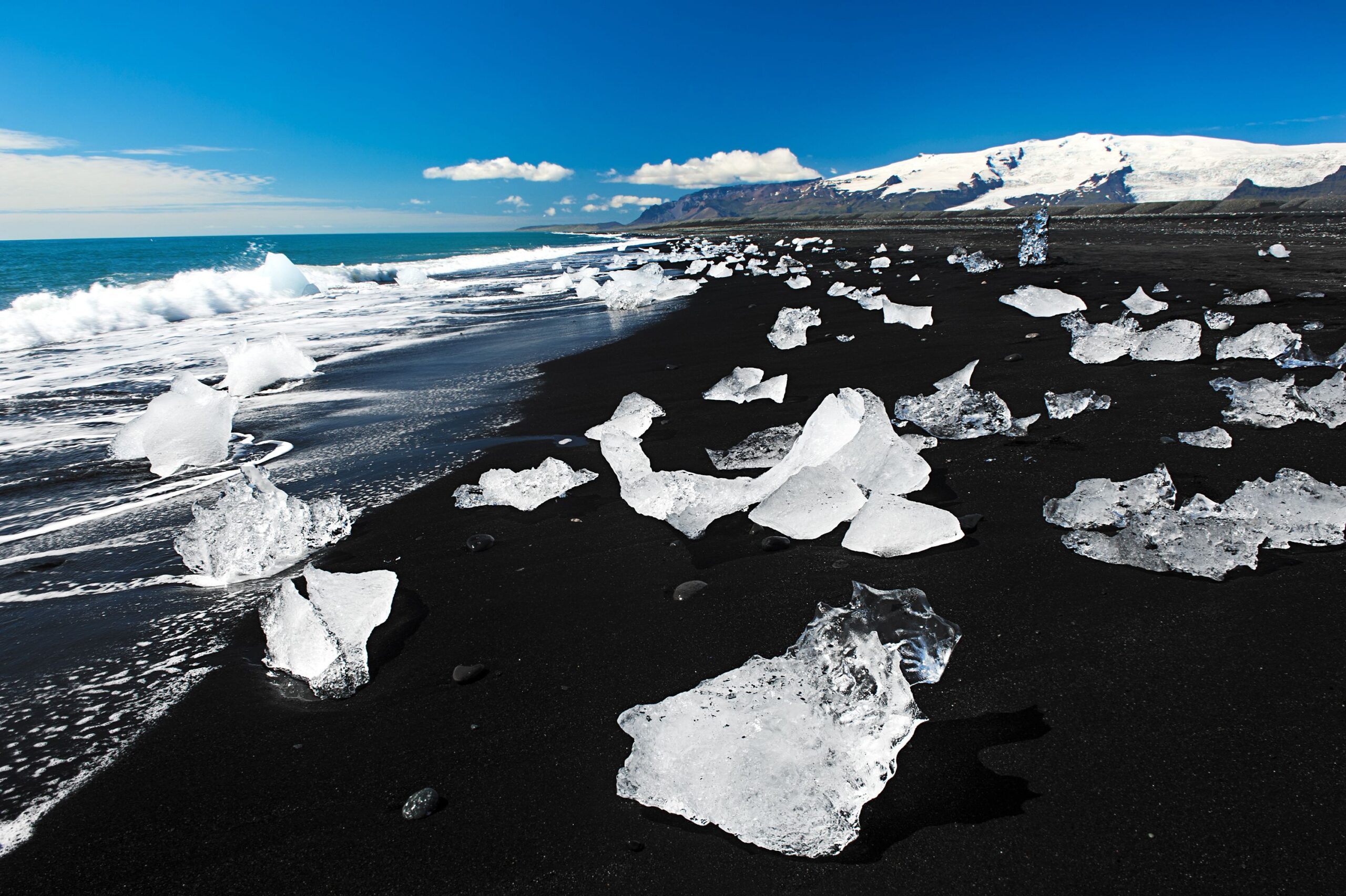
Djupalonssandur
This black pebble beach is found at the end of the Snæfellsnes Peninsula, in one of Iceland’s three National Parks. It’s a fantastic place to visit for a number of reasons. Firstly, the lava rock formations are phenomenal; perhaps they’ll make you think of how the surface of Mars might look. The area is also the site of a shipwreck from 1948. A British trawler wrecked nearby and pieces of iron from the ship still lie on Djúpalónssandur.
The fragments are left there out of respect for the fishermen who lost their lives, so please avoid taking them. On the way to the beach are the lifting stones: four differently weighted stones that you can try to lift. These stones were used to test aspiring oarsmen who wanted to fish in the area. The four stones weigh 23kh, 54kg, 100kg, and 154kg. A man had to lift at least the 54kg stone and place it on a waist-height platform to qualify.
Again, with this beach, as with every beach in Iceland, be extremely careful around the water. If you want to swim in the ocean around Iceland, find a place you know is safe to swim at.
Yellow River in Iceland
Along the south coast, there are areas where glacial rivers flow over volcanic rock and create a spectacle of colors. You may have seen pictures of the yellow river in Iceland; know that they’re hard to find. Pictures of yellow rivers were probably taken in the area between Kálfafell and Hof in the south.
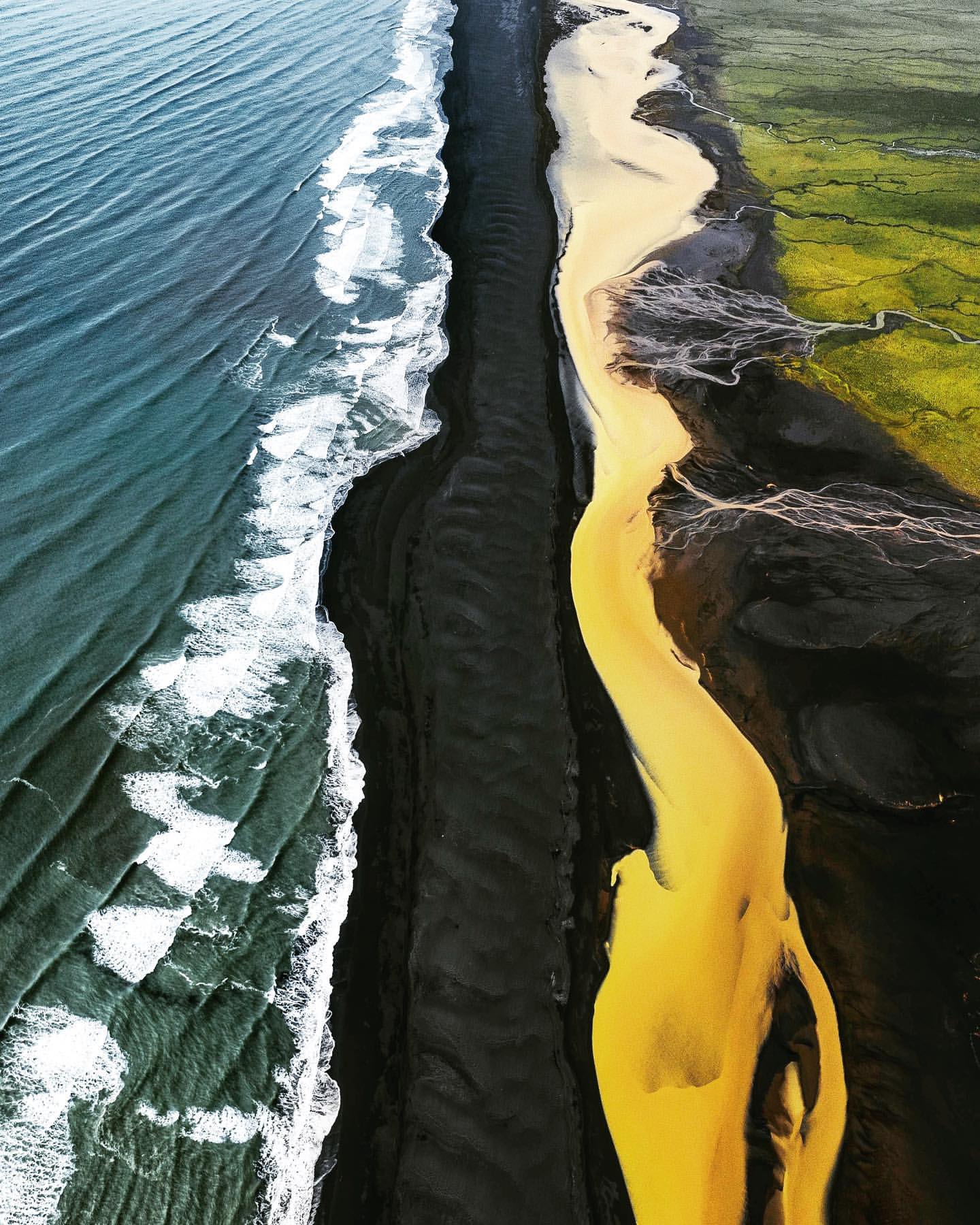
Black sand beaches are common in the island chains formed by volcanic activity, such as Hawaii and New Zealand. But to those who have never seen them, they are an impressive sight. With Iceland’s handy ring road, it’s the best place for an extended road trip. Whichever black sand beach you visit, a volcano, glacier or natural hot spring is never far away. Just remember that the rocks and pebbles that cover these beaches are for everyone to enjoy. So, take nothing but photos, and leave nothing but footprints.

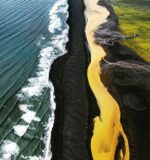
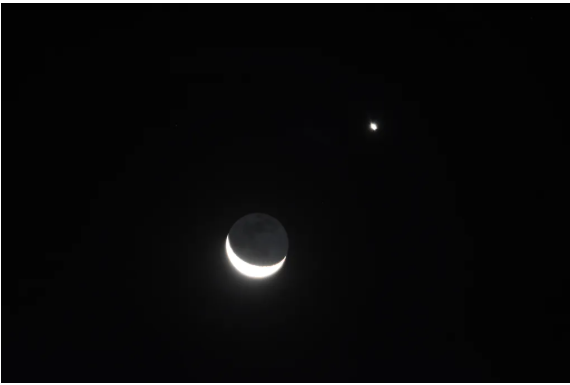

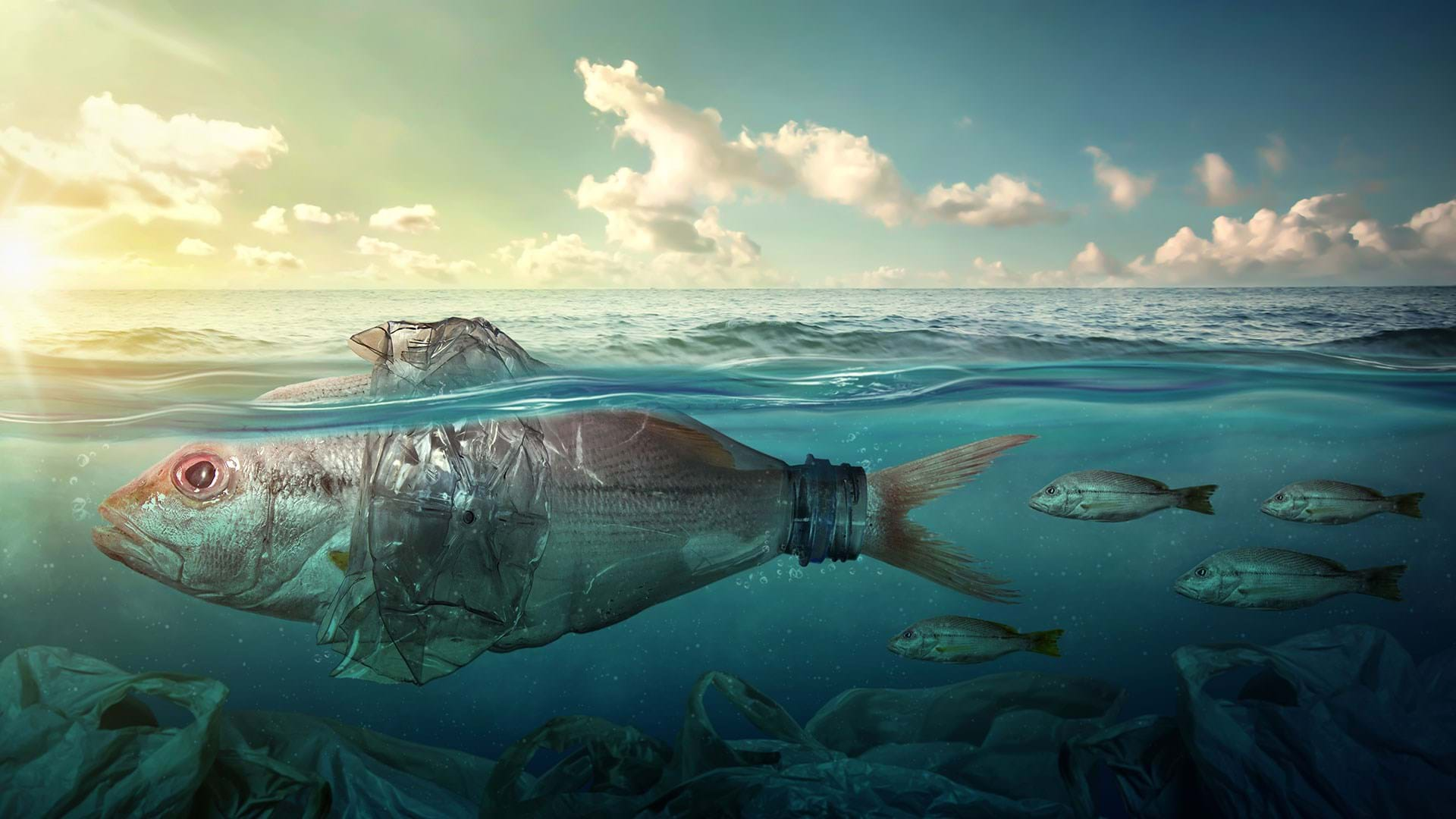


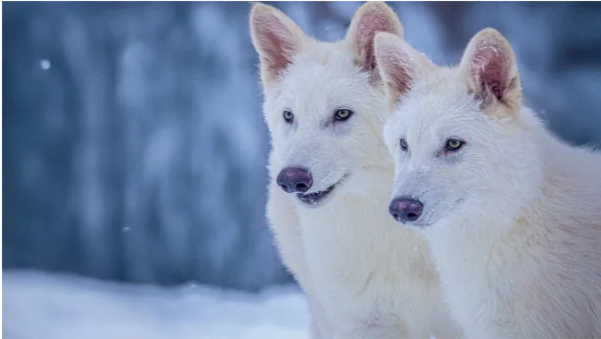
 Photographer Finds Locations Of 1960s Postcards To See How They Look Today, And The Difference Is Unbelievable
Photographer Finds Locations Of 1960s Postcards To See How They Look Today, And The Difference Is Unbelievable  Hij zet 3 IKEA kastjes tegen elkaar aan en maakt dit voor zijn vrouw…Wat een gaaf resultaat!!
Hij zet 3 IKEA kastjes tegen elkaar aan en maakt dit voor zijn vrouw…Wat een gaaf resultaat!!  Scientists Discover 512-Year-Old Shark, Which Would Be The Oldest Living Vertebrate On The Planet
Scientists Discover 512-Year-Old Shark, Which Would Be The Oldest Living Vertebrate On The Planet  Hus til salg er kun 22 kvadratmeter – men vent til du ser det indvendigt
Hus til salg er kun 22 kvadratmeter – men vent til du ser det indvendigt  Superknepet – så blir snuskiga ugnsformen som ny igen!
Superknepet – så blir snuskiga ugnsformen som ny igen!  Meteorite That Recently Fell in Somalia Turns Out to Contain Two Minerals Never Before Seen on Earth
Meteorite That Recently Fell in Somalia Turns Out to Contain Two Minerals Never Before Seen on Earth  Nearly Frozen Waves Captured On Camera By Nantucket Photographer
Nearly Frozen Waves Captured On Camera By Nantucket Photographer  It’s Official: Astronomers Have Discovered another Earth
It’s Official: Astronomers Have Discovered another Earth 